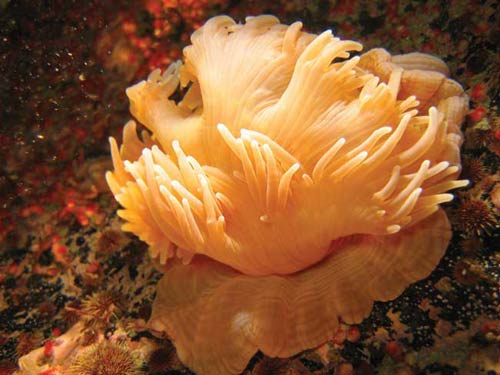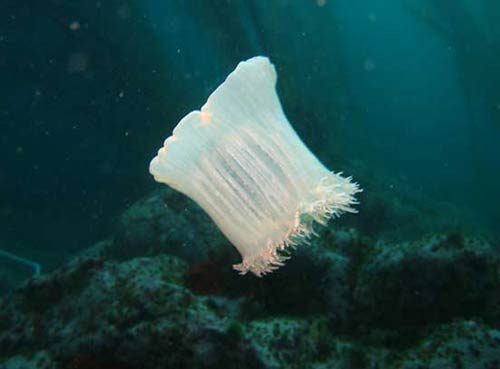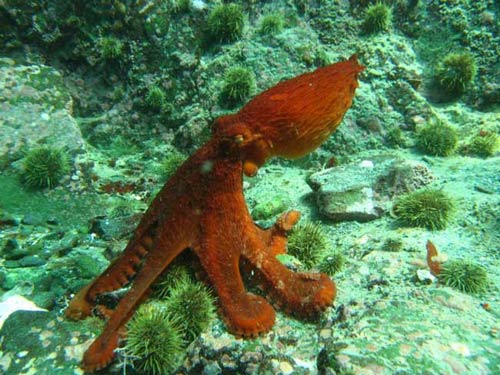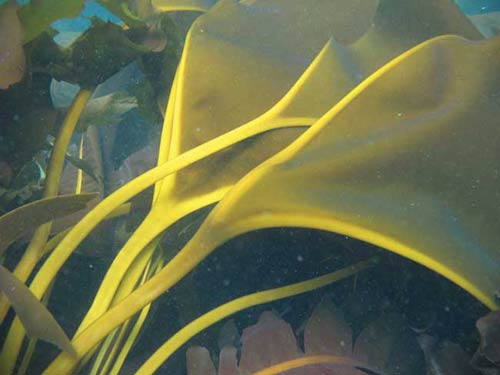Detecting anemones can move
Unlike most sea anemones that attach to life on the seabed, two newly discovered sea anemones in the waters around the Aleutian Islands near Alaska can swim and move.
Scientists at the University of Alaska, Fairbanks discovered two species of sea anemones in a two-year scientific survey in the waters around Aleutian. They are currently consulting experts to check whether the two species are new species.
Anemones often use their feet to adhere to the rocks and leave only when attacked or habitat changes and it is difficult to get food. Two newly discovered species are more likely to belong to anemone layer that can move along the ocean's flow.
In addition to the two anemones, the University of Alaska, Fairbanks team also found a new species of kelp named Aureophycus aleuticus . This is a brown algae, can be representative of a new variety or a new family of seaweed.

Two new species of anemones have been discovered in Aleutian Island (Photo: Livescience)


This giant Pacific octopus is found off the Aleutian Islands (Photo: Livescience)

A new species of kelp was discovered off Aleutian (Photo: Livescience)
T.VY
- Detecting painkillers in the poison of anemones
- Exotic monstrous monsters with many ngoe nguoi tentacles appeared at the coast of Australia
- Sea anemones live under Antarctic ice
- Photo: Fish clown nestled in anemones
- Discovered the new animal set that was mistaken for an anemone
- Nemo clown fish is at risk of extinction
- Fancy with colorful creatures on the ocean floor
- Overwhelming world of multicolored creatures
- Do you know how indoor plants move in a day?
- Scientists want to turn bees into an army that specializes in detecting explosives and radioactivity
- Detecting concussions about 20 species of strange creatures in Antarctica
- Storm No. 10 can move north
 Surprised: Fish that live in the dark ocean still see colors
Surprised: Fish that live in the dark ocean still see colors Japan suddenly caught the creature that caused the earthquake in the legend
Japan suddenly caught the creature that caused the earthquake in the legend A series of gray whale carcasses washed ashore on California's coast
A series of gray whale carcasses washed ashore on California's coast Compare the size of shark species in the world
Compare the size of shark species in the world